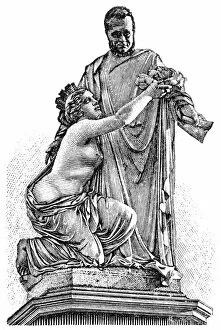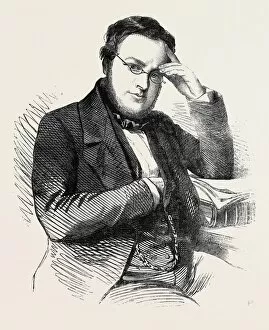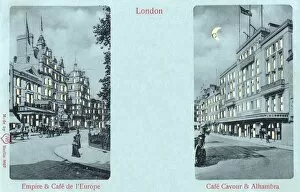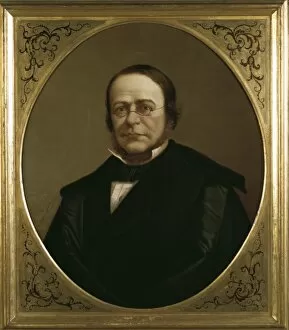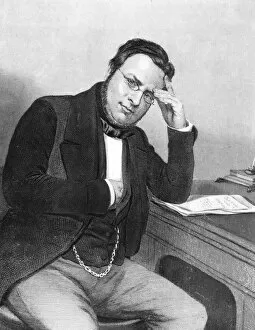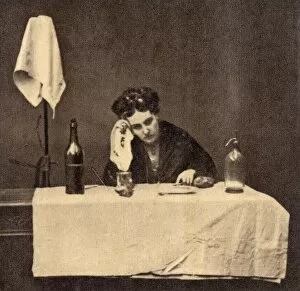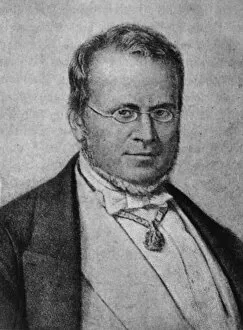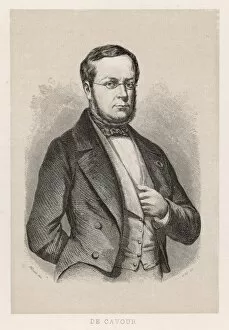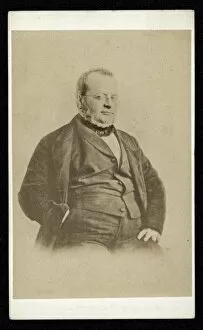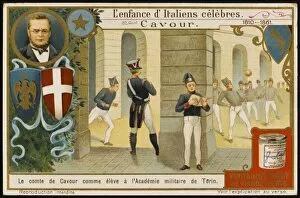Cavour Collection (page 2)
Cavour, also known as Camillo Benso, Count of Cavour, was an influential Italian statesman born in Turin in 1810
All Professionally Made to Order for Quick Shipping
Cavour, also known as Camillo Benso, Count of Cavour, was an influential Italian statesman born in Turin in 1810. He played a crucial role in the unification of Italy and is considered one of the founding fathers of modern Italy. The name they are be found not only as a reference to this remarkable figure but also scattered across various locations throughout Italy and Europe. For instance, Via Cavour in Ventimiglia, Italy pays homage to his legacy. Additionally, the Grinzane Cavour castle located in Langhe, Piedmont stands tall as a symbol of his influence. In 1861, he earned the title "The Real Italian Brigand Chief, " showcasing his determination and strategic skills during times of political turmoil. The Castle of Grinzane Cavour serves as a reminder of this significant chapter in history within the Province of Cuneo. Even caricaturists recognized his impact; "The end of a Caricaturist" cartoon from 1860 highlights how he left an indelible mark on society. Furthermore, The Cavour Palace Hotel situated in Siracusa offers guests luxurious accommodations with modern amenities like bathrooms and radiators – truly ahead for its time. Victor Emanuel and Cavour shared pivotal moments together; they learned about the Villafranca Armistice on July 12th, 1859. This event marked another step towards their vision for a united Italy. Lastly, Piazza Cavour located in San Gimignano Tuscany showcases how far-reaching his influence was beyond just politics - it became ingrained even within local communities.








